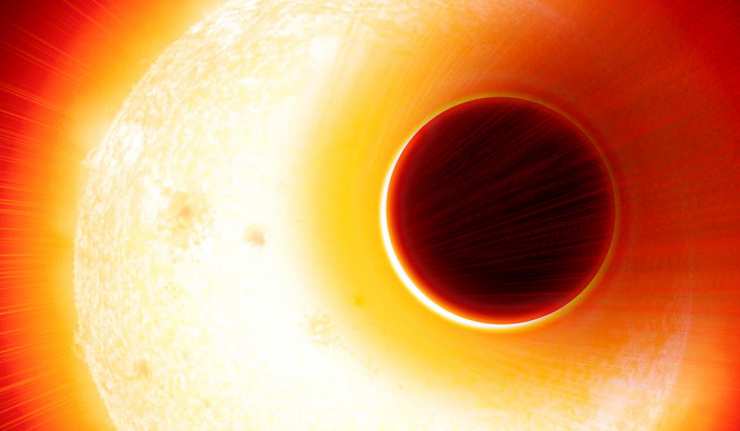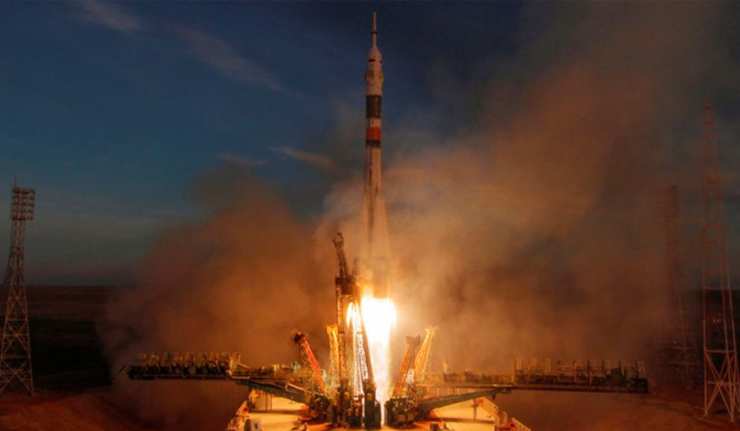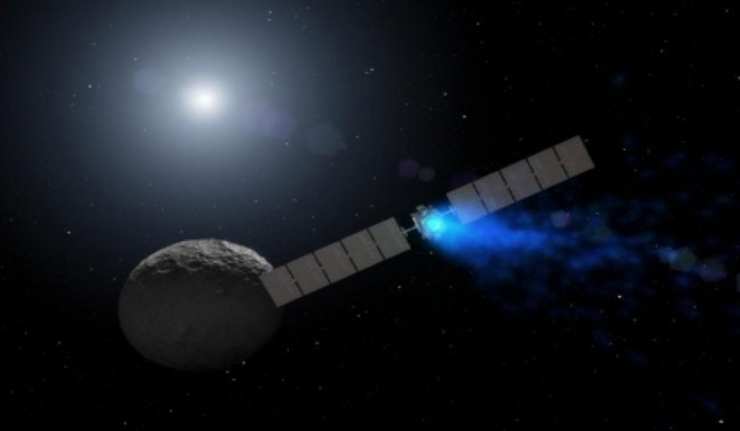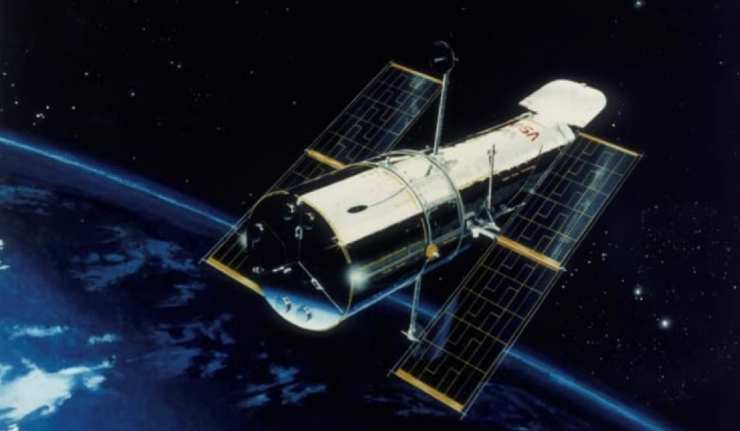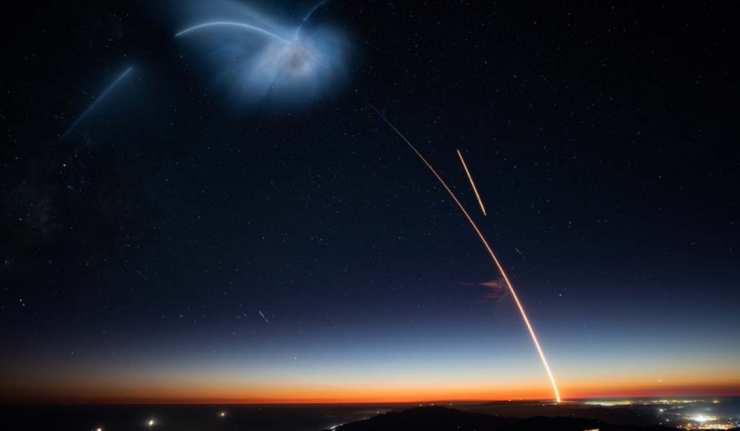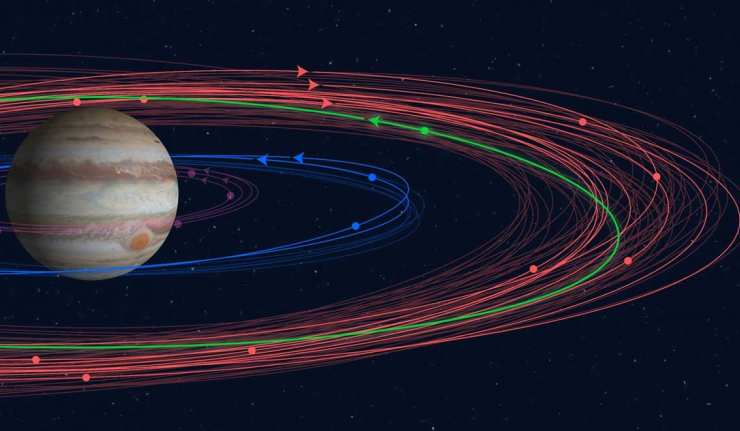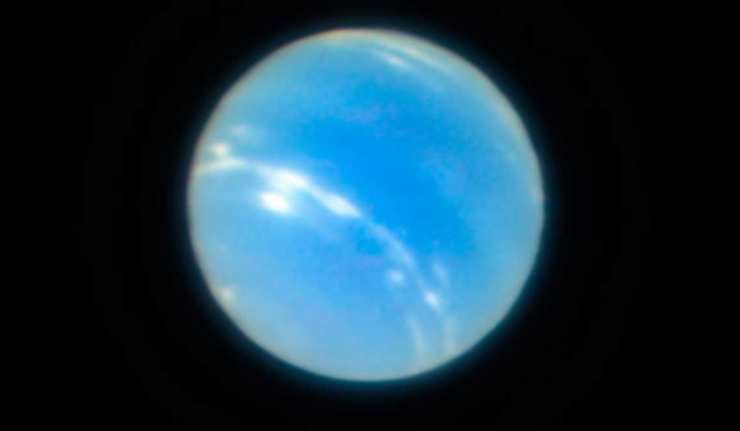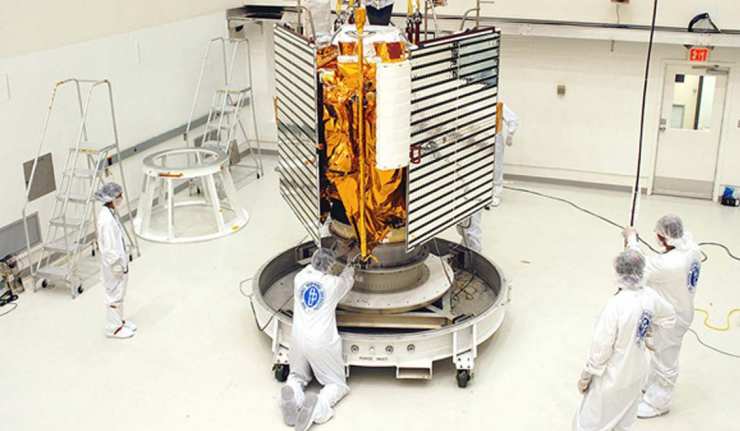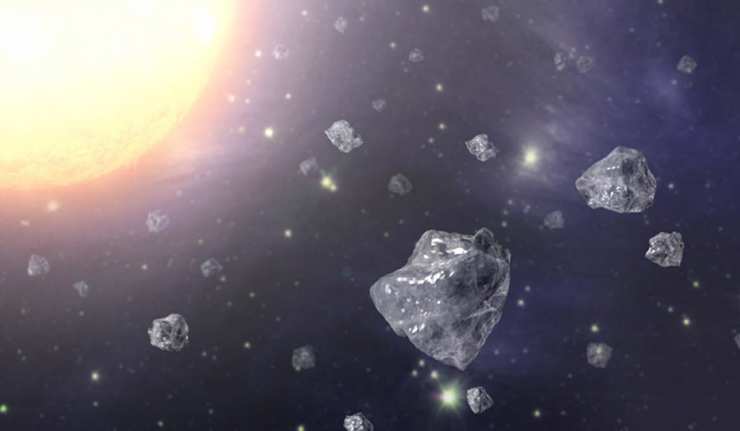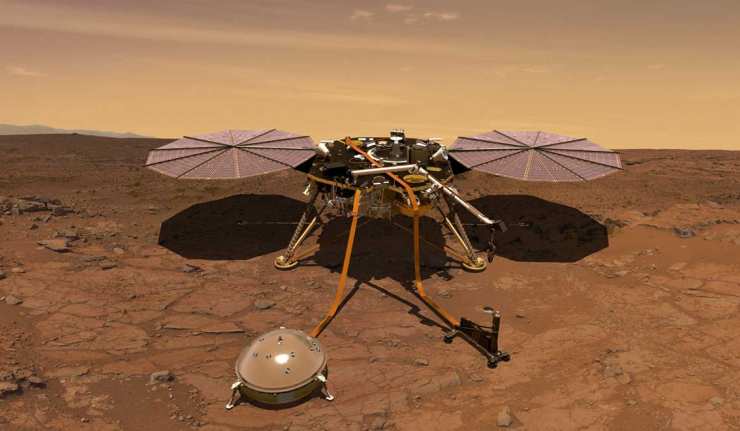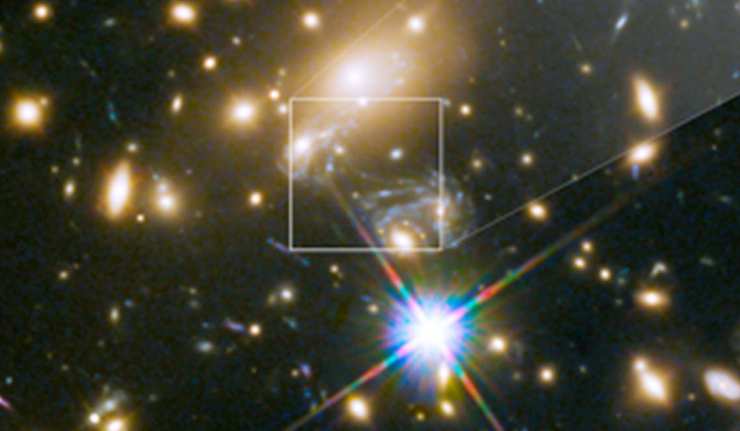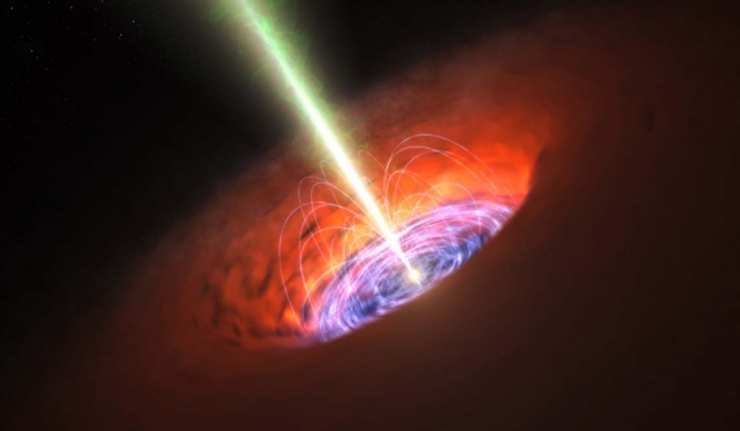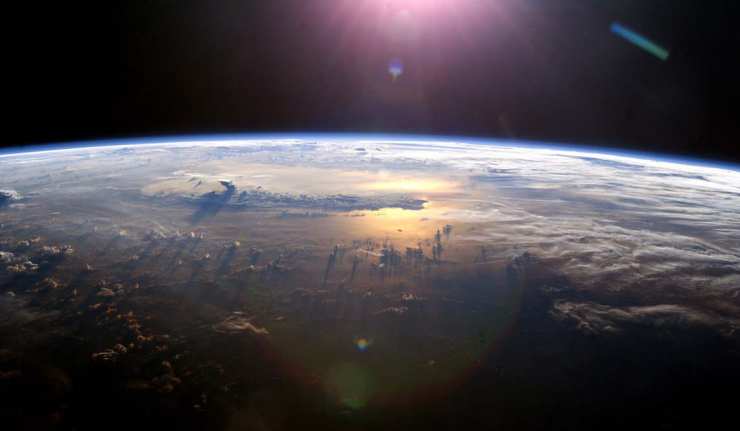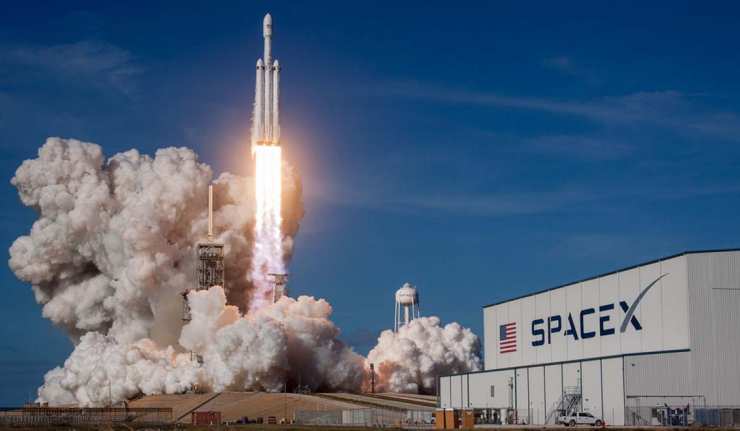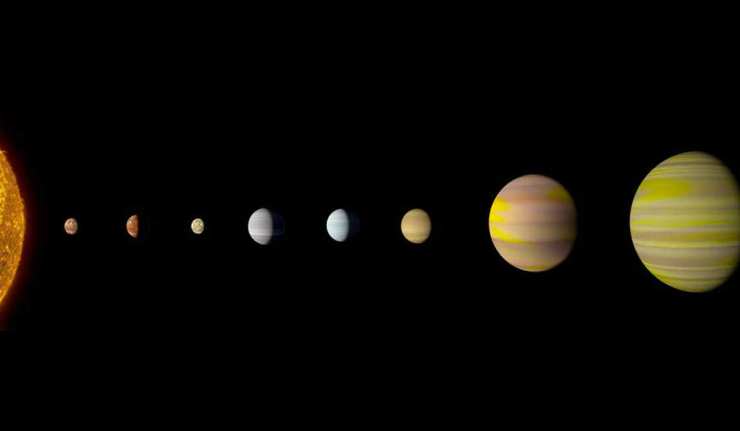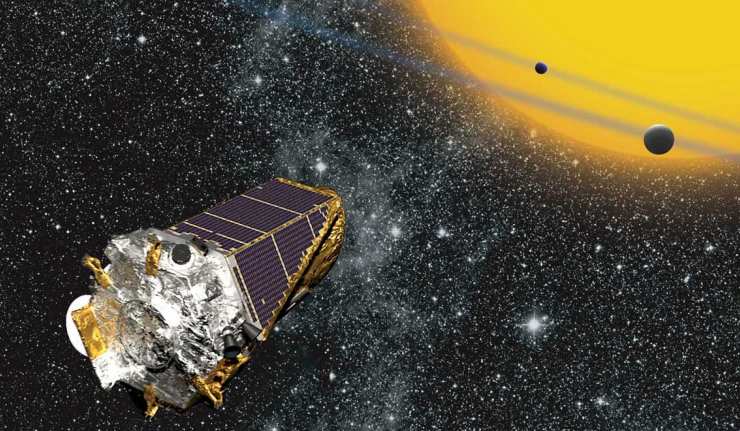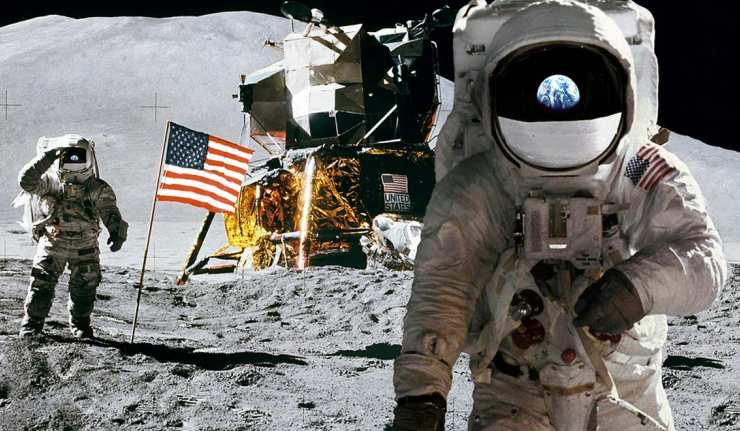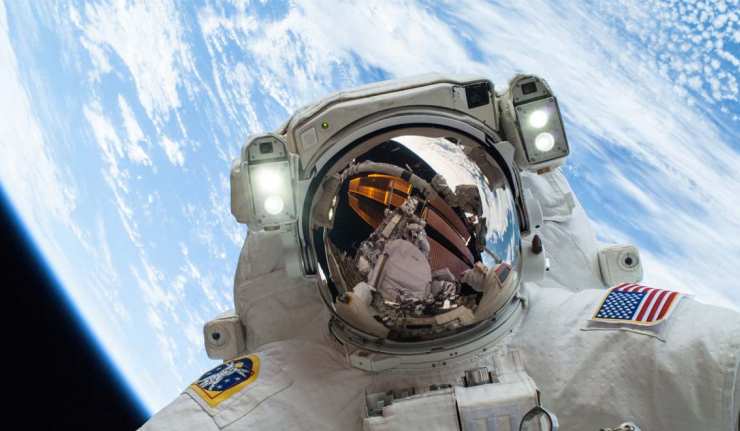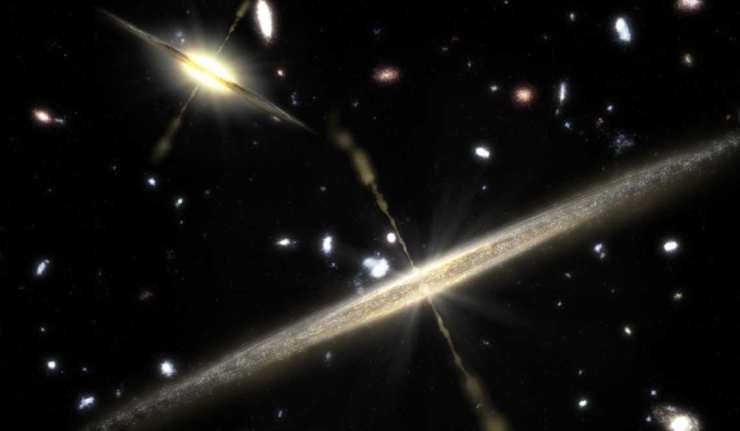Space
Tales of a Balloon Planet: Newly-Discovered Planet’s Atmosphere is ‘Inflated’ with Helium
Remember Cygnus, the galaxy active enough to clearly send signals from an engulfment event on the part of its central black hole to Earth recently? Well, it is back on the scientific stage this week, as researchers publish their findings on yet another highly unique body found in Cygnus.
Liftoff For Expedition 58: Soyuz Back In Business After Rocket Failure
NASA and Russian space agency officials are breathing easier following the successful launch of three astronauts on a Soyuz rocket from Kazakhstan. NASA's Anne McClain, Canada's David Saint-Jacques, and Russia's Oleg Kononenko blasted off from Baikonur at 17:31 local time (11:31 UTC, 6:31 EST), on December 3rd, 2018, kicking off a 6-hour, 4-orbit journey to the International Space Station.
NASA Calls Time On Two Legendary Probes: Kepler And Dawn Run Out Of Fuel
Recently, the National Aeronautical and Space Administration (NASA) had a bit of a mystery to solve. Its deep-space telescope, Kepler, had gone to sleep unexpectedly, and its operators could not get it to wake up or respond again. This unscheduled move by the craft was reported by NASA on October 19, 2018.
The Hubble Telescope Is Facing Gyroscope Failure But It Can Be Fixed, Says NASA
Last week, the Hubble telescope stood down from observing and put itself into “safe mode” after one of its gyroscopes, which keeps it aimed at objects of scientific interest in space, died.
SpaceX’s Falcon 9 Makes Beautiful History: Launched & Landed in California For First Time
On Sunday, October 7th, at 7:21 p.m. PDT, SpaceX successfully launched the SAOCOM 1A satellite from Space Launch Complex 4E (SLC-4E) at Vandenberg Air Force Base in California. The satellite was deployed about 12 minutes after liftoff.
Astronomers Discover Odd “Valetudo” In 12 New Moons Of Jupiter
Jupiter, along with its set of satellites and atmosphere, is a pint-sized system within our solar system. The moon is a floating asteroid in space, which is captured by the gravitational pull of the planet.
New Additions To European Telescope Approaches Limits Of Visible-Light Space Imaging
When you think about astronomy, one thing may come to mind: multi-spectral. This is because imaging, many of the cosmic bodies far away from Earth, relies on light data that goes beyond the visual spectrum.
Simple, visual telescopy on Earth is impacted by a kind of distortion caused by the atmosphere. This could be the reason why clear images of other planets and stars, even with high-quality scopes, in our own solar system, cannot be easily obtained.
The Survival Of Bacteria In Space Stations
The space stations of the immediate future are going to have to be clean. This is because they will represent the first wave of manned scientific missions to their destinations (which may include the surface of Mars). Therefore, their crews will need to avoid contamination at all costs, so that the samples of extra-terrestrial material remain pristine. This process will preserve their value to researchers and engineers after they are collected.
On Earth, the best option to prevent this kind of contamination is a clean-room environment.
Meteoric Diamonds Probably Came From A Long-Lost Planet
In 2008, in the Nubian Desert (Sudan), scientists discovered a meteorite with diamonds, surrounded by layers of graphite. This asteroid-turned-meteor that hit the Earth was 4 meters in diameter and came to be known as 2008 TC3. This body was considered as a compelling discovery because it revealed many secrets, dating back to the beginning of our solar system.
Next Mission To Mars Nearly Underway: InSight’s Launch Window Set For May 2018
NASA has just announced plans for their next launch that will propel a robotic vehicle to the red planet. The US space authority is working with United Launch Alliance to put its new InSight craft on a northern region of Mars.
The team of experts driving this mission have worked out a window, in May, that will last for a short time. The launch will be conducted in a manner that will help InSight into its ideal orbit and subsequent trajectory, toward its destination.
Icarus: New Astronomical Discovery is Farthest Star from Earth
An international team of astrophysicists have reported the successful imaging of Icarus, a single star whose properties suggest that it is located approximately 9 billion light years away from Earth.
This new finding indicates that Icarus is possibly the remotest body in the universe, that humans have detected till date.
Stephen Hawking and Physics: Putting His Theories into Practice
The news of Stephen Hawking’s death may have come as a source of sadness for many of us. His family have reported that he was at peace as he passed away on the morning of the 14th of March 2018.
However, it may certainly be hard to imagine a world without his regular new contributions to popular culture, not to mention his specific academic and scientific arenas.
Black Hole Eats Star While Scientists Listen In
Black holes and their activity are typically tracked with spectral telescopy. This is because the actions they are best known for – the destruction of matter that gets too close – have become associated with certain types of emissions in the optical to X-ray ranges.
Magnets In Space And How They Work
Magnetic forces form the basis of how the universe keeps turning. However, many researchers assert that these forces may have other roles in the wider cosmos owing to the presence of molten cores in the many planets and planetoids out there.
A team of researchers in a German astrophysics centre plan to model the magnetism generated by these bodies using an experimental analogue, similar to a dynamo. The results of this experiment may lead to a better understanding of many fundamental phenomena, like why the Earth tilts on its solar orbit and such.
SpaceX’s “Falcon Heavy” Lifts Off Into Space
Dubbed the world’s most powerful operational rocket is Falcon Heavy, manufactured by US entrepreneur Elon Musk’s space technology company, SpaceX. It is currently the highest capacity rocket, and could, in the near future, enable humans to travel into space, to other planets or maybe even the moon!
NASA and Google Discover Another Solar System with Eight Planets
NASA’s hotly awaited teleconference last night didn’t reveal the existence of alien life, as some had hoped for against all odds, but it did reveal something just as exciting:
A solar system with as many planets as our own.
The solar system in question orbits a huge star known as Kepler 90, which is located in the Draco constellation, around 2,500 light years away from Earth.
NASA and Google to Announce New Discovery From the Kepler Space Telescope
NASA and Google have been collaborating on a project using NASA’s Kepler telescope and Google’s powerful Artificial Intelligence technology.
The findings are due to be released at a news conference on Thursday December 14.
US Astronauts Head Back To The Moon
America has big plans to begin new mission into space, which will, as President Donald Trump stated on November 11: “Refocus America’s space program on human exploration and discovery.”
The directive was signed at the White House, in order to advance our understanding of space by sending astronauts back to the moon and also potentially even further afield, to Mars. The date, November 11, is also significant – being the 45th anniversary of the last mission to the Moon, Apollo 17.
Astronauts Run Hot While in Space, Study Finds
Being an astronaut is an occupation that requires top-class credentials, qualifications and experience. Despite the apparent prestige implied, people who achieve these positions must also be extremely dedicated and devoted to live as an astronaut in settings such as the ISS.
Scientists Discover 72 New Galaxies No One Knew Existed
Scientists have just released details of the incredible discovery of 72 previously unobserved galaxies, lying in one of the most studied areas of space, the Hubble Ultra Deep Field (HUDF).
The galaxies were identified with the newly launched Multi Unit Spectroscopic Explorer (MUSE), which is part of the European Southern Observatory’s Very Large Telescope (VLT) based at the Paranal Observatory in Chile.

